Home>Interior Design>How Often Should You Descale A Kettle
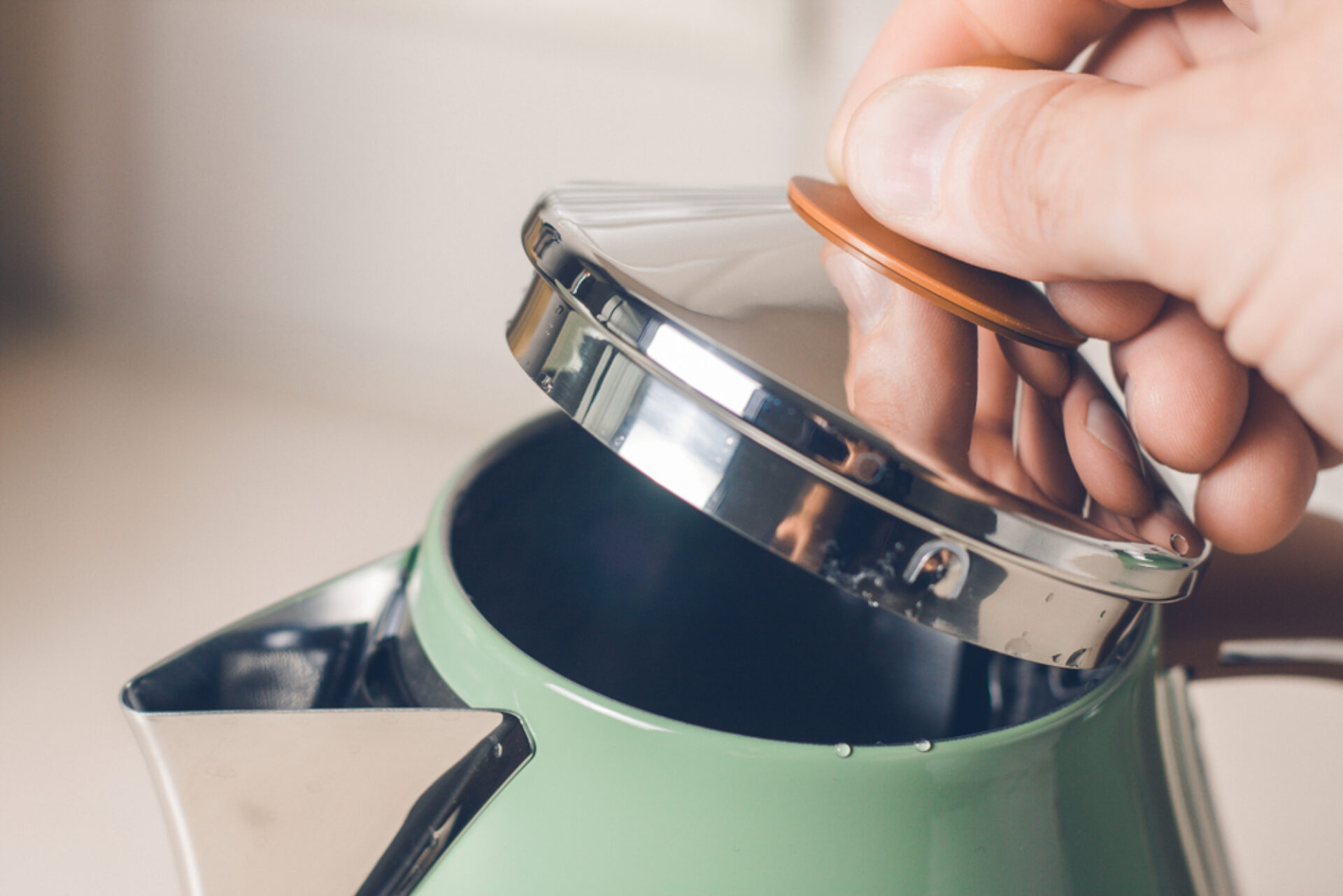

Interior Design
How Often Should You Descale A Kettle
Modified: August 24, 2024
Learn the importance of descaling your kettle regularly to maintain its performance. Get expert advice on how often to descale and keep your kettle in top condition.
(Many of the links in this article redirect to a specific reviewed product. Your purchase of these products through affiliate links helps to generate commission for Storables.com, at no extra cost. Learn more)
Introduction
Welcome to the wonderful world of interior design! Whether you’re a design aficionado or just starting to explore this captivating field, you’re in for a treat. Interior design is all about transforming spaces, making them functional, aesthetically pleasing, and reflective of your personal style. With the right design choices, you can completely revamp your home or office and create an environment that enhances your well-being and productivity.
But where do you start? How do you navigate through the countless options and possibilities? That’s where an interior designer comes in. An interior designer is a professional who specializes in designing and decorating spaces to meet the needs and preferences of the client. They have a deep understanding of color palettes, furniture styles, spatial layouts, and much more.
In this article, we’ll delve into the world of interior design and explore some key aspects that will help you gain a deeper understanding of this fascinating field. We’ll discuss different design styles, foundational elements, and practical tips for creating a harmonious and visually appealing space. So, whether you’re looking to revamp your living room, design your dream bedroom, or create an inspiring workspace, read on to discover the secrets of interior design!
Key Takeaways:
- Regularly descale your kettle every 1-3 months to maintain optimal performance, taste, and longevity, ensuring clean, great-tasting water for delightful hot beverages.
- Implement preventive measures such as using filtered water and regular cleaning to reduce limescale buildup, minimizing the frequency of descaling and extending your kettle’s lifespan.
Read more: How Often Should You Clean Your Kettle
What is kettle descaling?
Kettle descaling is the process of removing mineral deposits and limescale buildup from the interior of your kettle. When water is heated, it often contains minerals like calcium and magnesium, which can result in a white, chalky residue called limescale. Over time, limescale accumulates inside your kettle and can affect its performance, as well as the taste and quality of the water.
Descaling your kettle involves removing this limescale buildup to ensure that your kettle continues to function optimally and provide you with clean, great-tasting water. It is an essential maintenance task that should be performed regularly, especially if you live in an area with hard water.
There are various methods and products available for descaling your kettle, including using acidic substances like vinegar or lemon juice, using commercial descaling products, or utilizing specialized descaling solutions. The chosen method will depend on personal preferences, budget, and the severity of limescale buildup.
While descaling can be a bit time-consuming, it is a relatively simple process that can significantly prolong the lifespan of your kettle and ensure that your hot beverages taste their best.
Why is kettle descaling important?
Kettle descaling is essential for several reasons. Let’s explore why it’s important to regularly descale your kettle:
1. Improved Performance: Limescale buildup can hinder the heating element’s efficiency and reduce the speed at which water boils. Descaling your kettle ensures that it operates at its optimal performance, allowing you to enjoy a quicker boiling time.
2. Better Taste: Limescale can affect the taste of the water, giving it a metallic or bitter flavor. Descaling removes the buildup and allows you to enjoy clean and fresh-tasting water or beverages.
3. Prevention of Stains: Limescale can leave unsightly stains on the inside and outside of your kettle, which can be difficult to remove. Regular descaling helps prevent these stains and keeps your kettle looking clean and presentable.
4. Extended Lifespan: Limescale can cause damage to the heating element and other components of your kettle over time. Descaling helps to prevent corrosion and extends the lifespan of your kettle, saving you money in the long run.
5. Energy Efficiency: A kettle with heavy limescale buildup requires more energy to heat the water, leading to increased energy consumption and higher utility bills. Descaling your kettle improves its energy efficiency, reducing your environmental impact and saving you money.
6. Health and Safety: Limescale buildup can harbor bacteria and impurities, compromising the cleanliness of your kettle. Regular descaling ensures that your kettle is hygienic and safe to use, particularly if you use it for preparing food and beverages.
Overall, kettle descaling is crucial to maintain the performance, taste, and longevity of your kettle. By incorporating regular descaling into your maintenance routine, you can enjoy a perfectly functioning kettle and delightful hot drinks or meals.
Signs that indicate your kettle needs descaling
It’s important to stay vigilant and look out for signs that indicate your kettle needs descaling. Here are a few key indicators to watch for:
- Visible Limescale Buildup: One of the most obvious signs is the presence of visible limescale inside the kettle. If you notice a white, chalky residue on the heating element or the interior walls, it’s time for descaling.
- Longer Boiling Time: If you notice that it takes longer than usual for your kettle to reach the boiling point, it could be due to limescale buildup. The accumulation of limescale on the heating element can hinder its efficiency and slow down the boiling process.
- Foul Odor or Taste: Limescale can alter the taste and odor of the water boiled in the kettle. If you notice an unpleasant, metallic taste or a strange smell coming from your kettle or the water it dispenses, it’s a good indication that descaling is needed.
- Unusual Noises: If your kettle starts making strange noises during the boiling process, it could be a result of limescale buildup. The mineral deposits can create bubbles or cause the heating element to rattle, resulting in abnormal sounds.
- Stains or Discoloration: Limescale can leave stubborn stains or discoloration on the inside or outside of your kettle. If you notice unsightly marks that are difficult to remove, it’s a sign that descaling is necessary.
It’s important not to ignore these signs and promptly take action when you observe them. Regular descaling will help maintain the efficiency, performance, and lifespan of your kettle, ensuring that you can enjoy clean, great-tasting water whenever you need it.
Factors that determine how often to descale a kettle
The frequency at which you should descale your kettle can vary depending on several factors. Here are some key factors to consider when determining how often to descale your kettle:
- Water Hardness: The hardness of your water is a primary factor in determining how quickly limescale buildup occurs. Hard water contains higher levels of minerals, such as calcium and magnesium, which contribute to limescale formation. If you live in an area with hard water, you may need to descale your kettle more frequently.
- Kettle Usage: The frequency of kettle usage also affects the rate of limescale buildup. If you use your kettle frequently, especially if it’s in constant use throughout the day, limescale can accumulate faster. Regular usage may require more frequent descaling.
- Kettle Design and Material: The design and material of your kettle can impact limescale buildup. Kettles with narrow spouts or concealed heating elements may be more prone to limescale formation. Additionally, certain materials, such as stainless steel, may be more resistant to limescale buildup compared to plastic or glass.
- Water Filtration: If you use a water filter to remove impurities and minerals from your tap water before filling the kettle, it may reduce the frequency of descaling. Water filters help minimize the amount of minerals entering the kettle and can prolong the time between descaling sessions.
- Personal Preference: While there are general guidelines for descaling, the frequency can also be influenced by personal preference. Some individuals may prefer to descale more frequently to maintain optimal kettle performance and taste, while others may be less bothered by limescale buildup and choose to descale less often.
It’s important to consider these factors collectively and assess the condition of your kettle regularly. If you notice any of the signs mentioned earlier, it’s a good indication that descaling is necessary, regardless of the frequency guidelines.
By understanding these factors and monitoring your kettle’s condition, you can determine the appropriate frequency for descaling and ensure that your kettle remains clean, efficient, and ready to deliver hot water whenever you need it.
It is recommended to descale a kettle every 2-3 months, or more frequently if you live in an area with hard water. This will help maintain the efficiency and longevity of the kettle.
Read more: How To Descale A Electric Kettle
Recommended frequency for descaling a kettle
The recommended frequency for descaling a kettle can vary depending on several factors. However, as a general guideline, it is recommended to descale your kettle every 1-3 months. This frequency provides a balance between maintaining optimal kettle performance and preventing excessive limescale buildup.
If you live in an area with hard water, where mineral deposits are more prevalent, you may need to descale more frequently. In such cases, descaling every 1-2 months may be necessary to prevent excessive limescale accumulation.
On the other hand, if you have access to relatively soft water or use a water filter, which helps reduce mineral content, you may be able to stretch the descaling interval to 2-3 months.
Keep in mind that these guidelines are a starting point and should be adjusted based on the specific factors mentioned earlier, such as kettle usage and personal preference. Regularly inspect your kettle for signs of limescale buildup, such as visible residue or changes in boiling time, taste, or odor.
It’s worth noting that some kettle manufacturers provide specific maintenance instructions and descaling recommendations. It’s always a good idea to refer to the manufacturer’s guidelines for your specific kettle model.
Ultimately, the key is to find a descaling frequency that works best for your situation. Regularly descaling your kettle helps maintain its performance, taste, and longevity, ensuring that you can enjoy clean and efficient boiling every time.
Step-by-step guide for descaling a kettle
Descaling your kettle is a relatively simple process that can be done using common household ingredients or commercial descaling products. Follow these step-by-step instructions to descale your kettle effectively:
- Gather your supplies: You will need white vinegar (or a commercial descaling product), water, a soft cloth or sponge, and a brush or toothbrush for scrubbing.
- Prepare the descaling solution: Mix equal parts white vinegar and water in a container. If you prefer using a commercial descaling product, follow the instructions provided on the packaging.
- Empty the kettle: Ensure that your kettle is unplugged and empty of any water or other liquids.
- Fill the kettle with the descaling solution: Pour the descaling solution into the kettle, filling it up to the maximum fill line. If your kettle does not have a fill line, fill it up about three-quarters of the way.
- Soak for a period of time: Leave the descaling solution in the kettle and allow it to soak for approximately 1-2 hours. This will help dissolve the limescale and mineral deposits.
- Scrub the interior: After the soaking time, use a cloth or sponge to scrub the interior of the kettle. Focus on areas with heavy limescale buildup, such as the bottom and around the spout. For stubborn deposits, use a brush or toothbrush to gently scrub and remove the limescale.
- Rinse thoroughly: Empty the descaling solution from the kettle and rinse it thoroughly with clean water. Make sure to rinse several times to remove any residual vinegar or descaling product.
- Boil clean water: Fill the kettle with clean water and bring it to a boil. This will help to flush out any remaining descaling solution and ensure that the kettle is ready for use.
- Discard the boiled water and repeat if necessary: Pour out the boiled water and repeat the boiling process with fresh water if you still detect any lingering vinegar or descaling solution.
- Wipe down the exterior: Lastly, wipe down the exterior of the kettle with a damp cloth to remove any residue or fingerprints. Ensure that your kettle is completely dry before plugging it back in.
Following these step-by-step instructions will help you effectively descale your kettle and keep it in optimal condition. Remember to consult your kettle’s instruction manual for any specific descaling guidelines recommended by the manufacturer.
Alternative methods for descaling a kettle
While using a descaling solution with white vinegar or a commercial descaling product is a common and effective method, there are alternative methods you can try if you prefer not to use these substances. Here are a few alternative methods for descaling a kettle:
- Citric Acid: Citric acid is a natural ingredient that can effectively remove limescale. You can find citric acid in the form of powdered crystals at most grocery stores or online. Follow the instructions on the packaging to create a descaling solution using citric acid and water. The process is similar to using a vinegar solution.
- Lemon Juice: Lemon juice is another natural acid that can be used for descaling. Squeeze the juice of several lemons and mix it with water to create a descaling solution. Allow the solution to sit in the kettle for a few hours, then proceed to scrub and rinse as usual.
- Baking Soda: Baking soda is known for its cleaning properties and can be used to remove light limescale buildup in a kettle. Create a paste by mixing baking soda with water, then apply it to the affected areas and scrub gently with a cloth or sponge. Rinse thoroughly afterwards.
- Denture Tablets: Denture cleaning tablets can be used for descaling a kettle as they contain citric acid or other cleaning agents. Dissolve a few denture tablets in warm water inside the kettle and let it sit for a couple of hours. Rinse thoroughly and boil clean water to remove any residue.
- Mechanical Descaling: For stubborn limescale deposits, you can try mechanical descaling using a kettle descaler or descaling ball. These products are designed to physically remove limescale buildup by agitating the interior of the kettle. Follow the instructions provided with the descaler for the best results.
Remember to always follow the instructions provided with the alternative descaling methods and take appropriate safety precautions. Additionally, it’s important to conduct a thorough rinse of the kettle after descaling to ensure the removal of any residual cleaning agents.
Choose the method that suits your preferences and the severity of the limescale buildup in your kettle. Regular descaling using any of these methods will help keep your kettle clean and functioning optimally, ensuring that you continue to enjoy fresh-tasting hot beverages.
Preventive measures to reduce the frequency of descaling
While descaling your kettle is important for maintaining its performance and longevity, there are several preventive measures you can take to reduce the frequency of descaling. By implementing these measures, you can minimize limescale buildup and keep your kettle in better condition. Here are some preventive measures to consider:
- Use Filtered Water: Using filtered water can help reduce the mineral content and impurities that contribute to limescale buildup. Invest in a water filter pitcher or install a water filtration system on your tap to ensure cleaner water for your kettle.
- Empty the Kettle After Use: After each use, make it a habit to empty any remaining water from the kettle. Stagnant water can lead to mineral deposits and increase the chances of limescale formation.
- Avoid Overfilling: Be mindful not to overfill the kettle. Only heat the amount of water you need to minimize the chance of limescale buildup. This also helps conserve energy by reducing unnecessary boiling.
- Regularly Clean the Exterior: While descaling focuses on the interior of the kettle, regular cleaning of the exterior is essential too. Wipe down the kettle with a damp cloth regularly to remove any dust, spills, or residue that may affect the performance of the kettle.
- Store the Kettle Properly: When not in use, store your kettle in a cool, dry place. Avoid storing it in areas that are prone to moisture or extreme temperature fluctuations, as these conditions can contribute to limescale formation.
- Descale Regularly: Even with preventive measures, it’s still important to descale your kettle regularly. Follow the recommended frequency guidelines mentioned earlier to ensure optimal performance and minimize limescale buildup.
- Inspect the Water Source: If you’re experiencing consistent issues with limescale buildup, consider getting your water source tested. Understanding the mineral content of your tap water can help you determine additional measures to reduce limescale accumulation.
By incorporating these preventive measures into your routine, you can significantly reduce the frequency of descaling and maintain a cleaner, more efficient kettle. Remember that prevention is key in minimizing limescale buildup and extending the lifespan of your kettle.
Read more: How Often Should You Declutter
Conclusion
Interior design is a captivating field that allows you to transform spaces and create environments tailored to your personal style and needs. Whether you’re a design enthusiast or just beginning to explore the world of interior design, understanding the foundational elements and practical tips can help you embark on your design journey.
In this article, we have discussed various aspects of interior design, including design styles, foundational elements, and practical tips for creating harmonious and visually appealing spaces. By familiarizing yourself with these concepts, you can make informed decisions and unleash your creativity to design spaces that reflect your personality and enhance your well-being.
From selecting color palettes and furniture styles to considering lighting and spatial layout, every design choice contributes to the overall ambiance and functionality of a space. It’s important to strike a balance between aesthetics and functionality to ensure a space that not only looks beautiful but also serves its purpose.
Additionally, we have explored the importance of kettle descaling. Regular descaling is crucial for maintaining optimal kettle performance and ensuring clean, great-tasting water. By following the recommended frequency and employing preventive measures, you can keep your kettle in excellent condition and extend its lifespan.
Remember, interior design is a continuous journey of exploration and self-expression. Don’t be afraid to experiment, take risks, and incorporate your own unique touches into your design projects.
So, go ahead and embark on your interior design journey with passion and curiosity. Create spaces that inspire and nurture you, and enjoy the delightful experience of designing your surroundings to reflect your personal style and enhance your daily life.
Happy designing!
Frequently Asked Questions about How Often Should You Descale A Kettle
Was this page helpful?
At Storables.com, we guarantee accurate and reliable information. Our content, validated by Expert Board Contributors, is crafted following stringent Editorial Policies. We're committed to providing you with well-researched, expert-backed insights for all your informational needs.

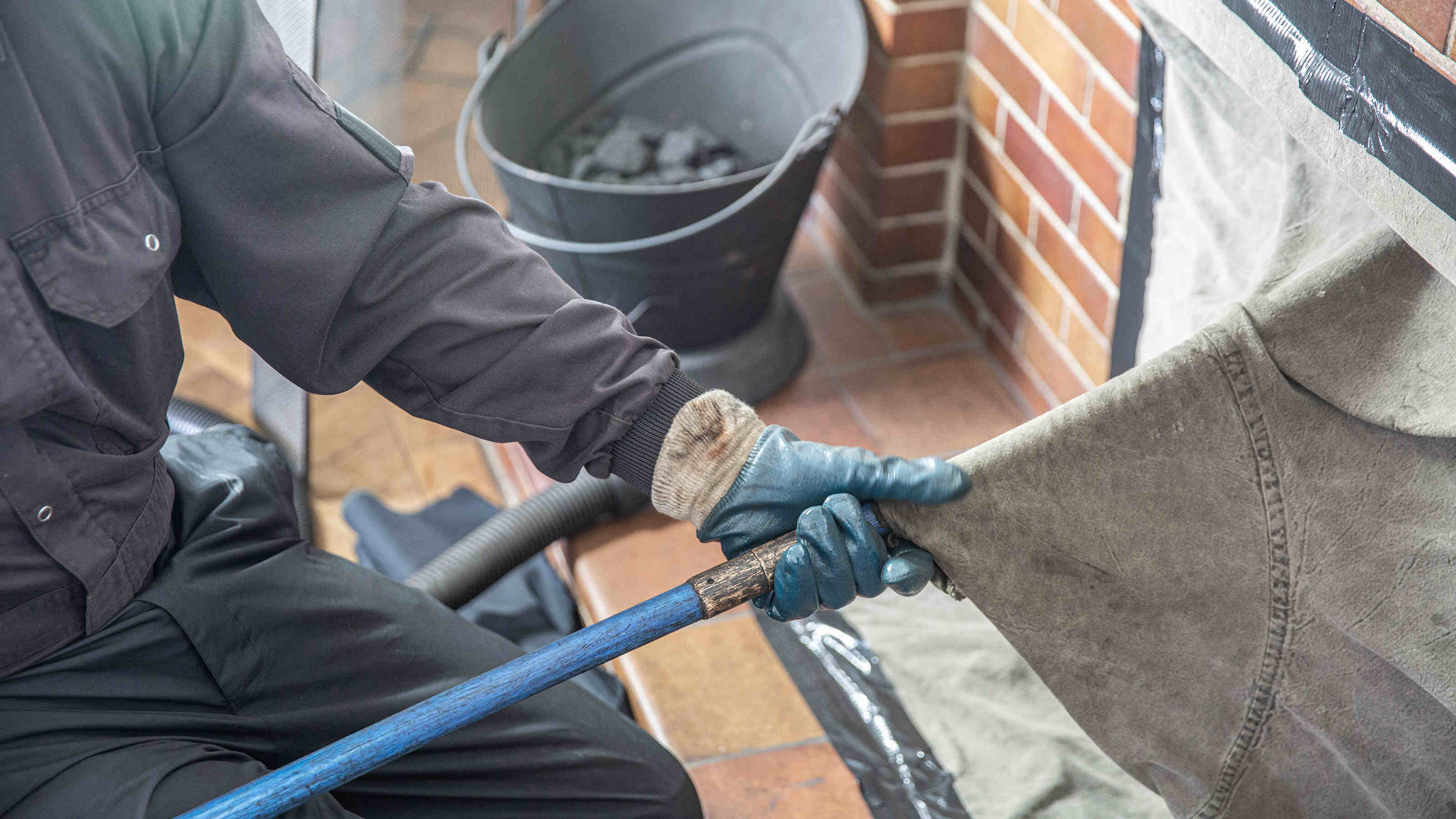

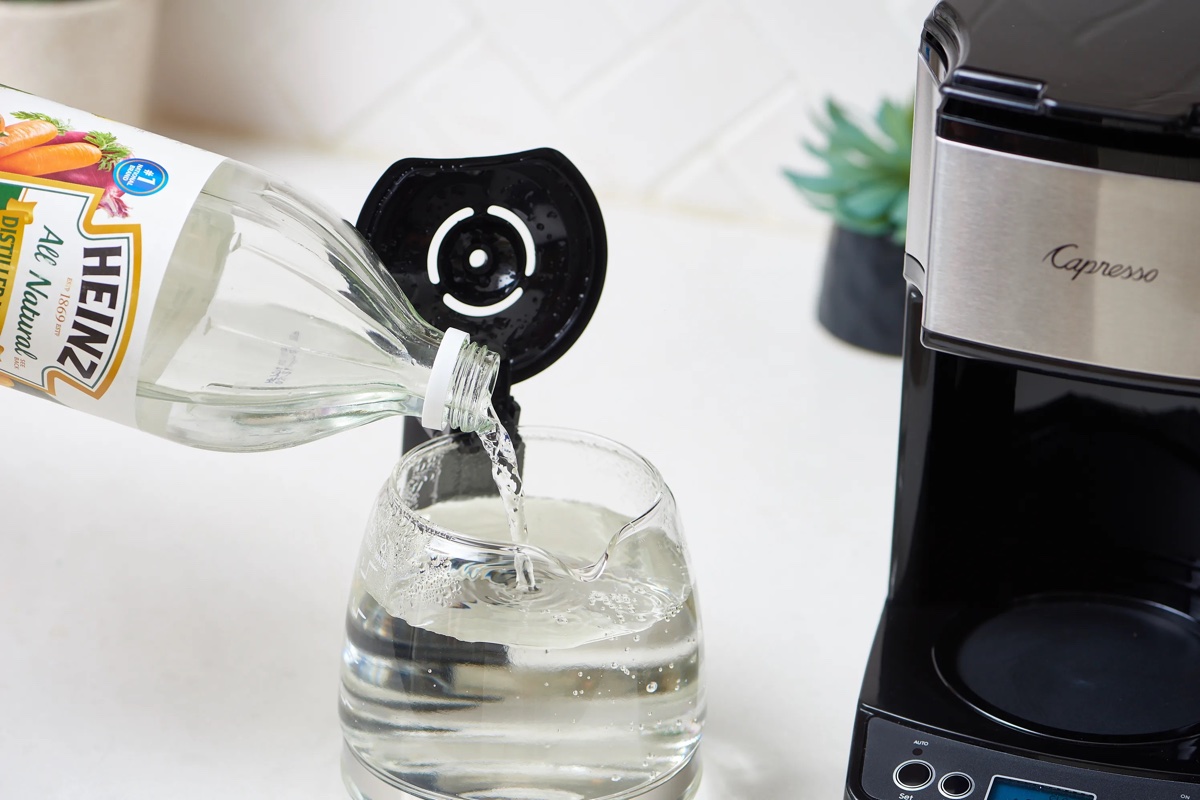
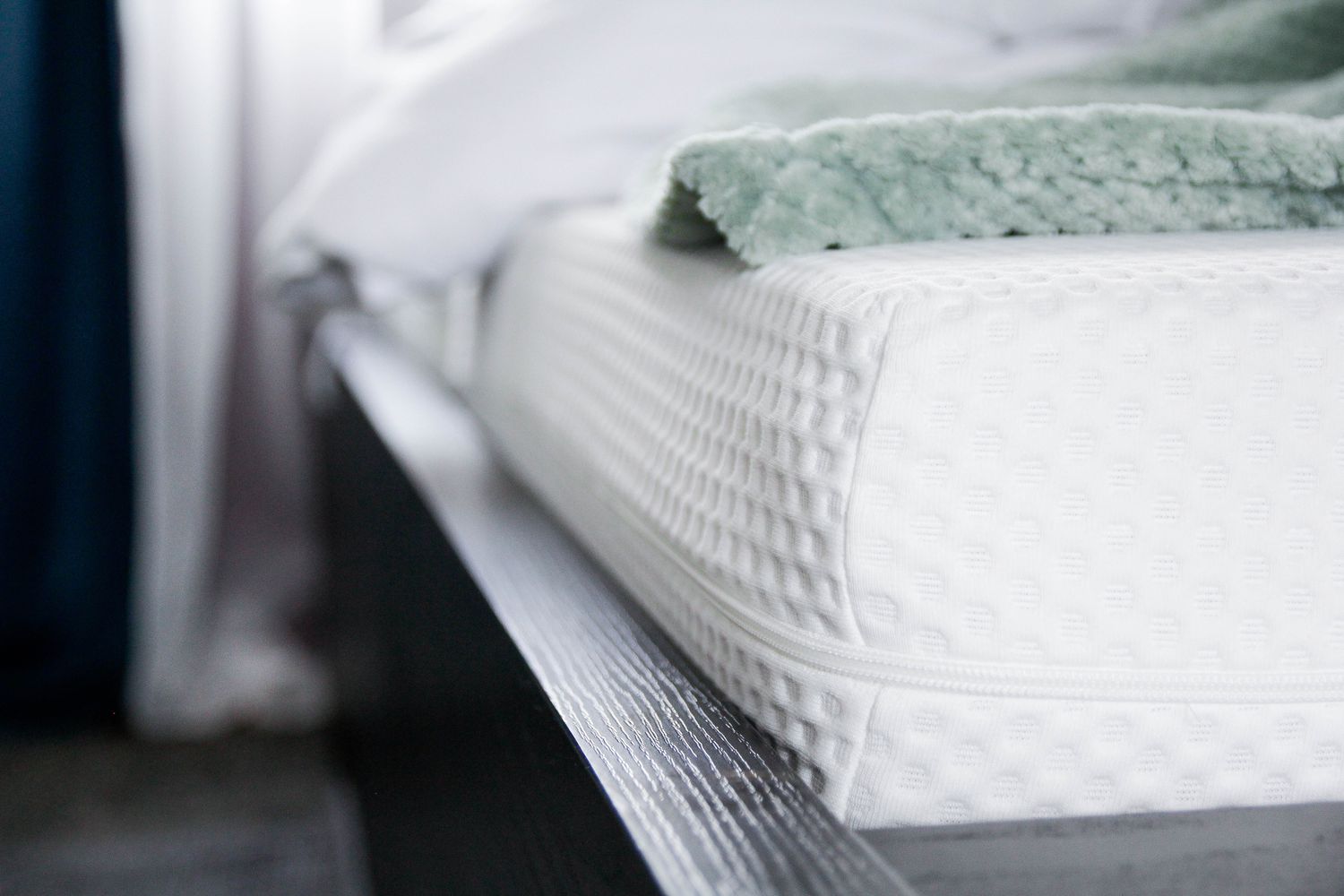

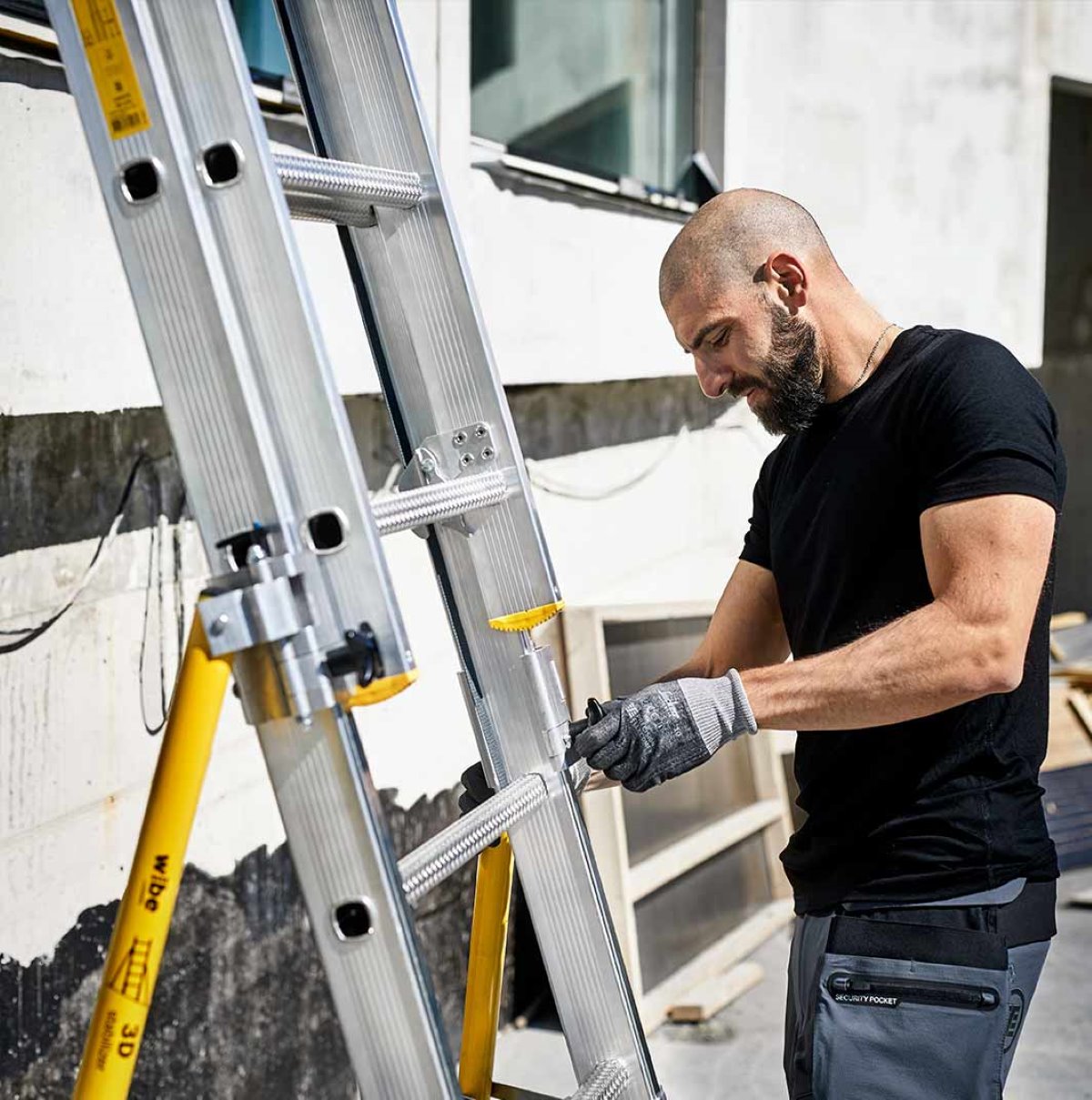

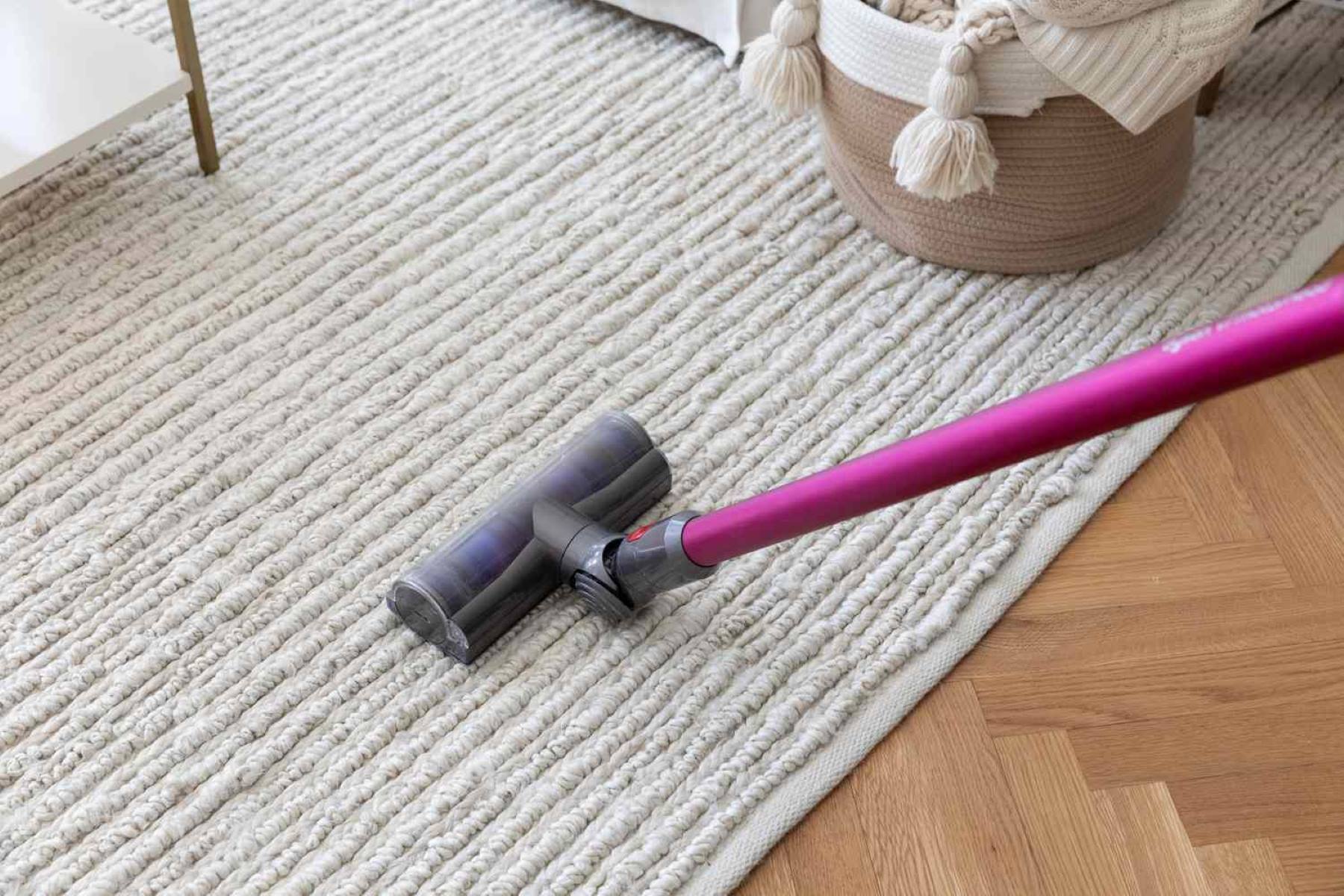
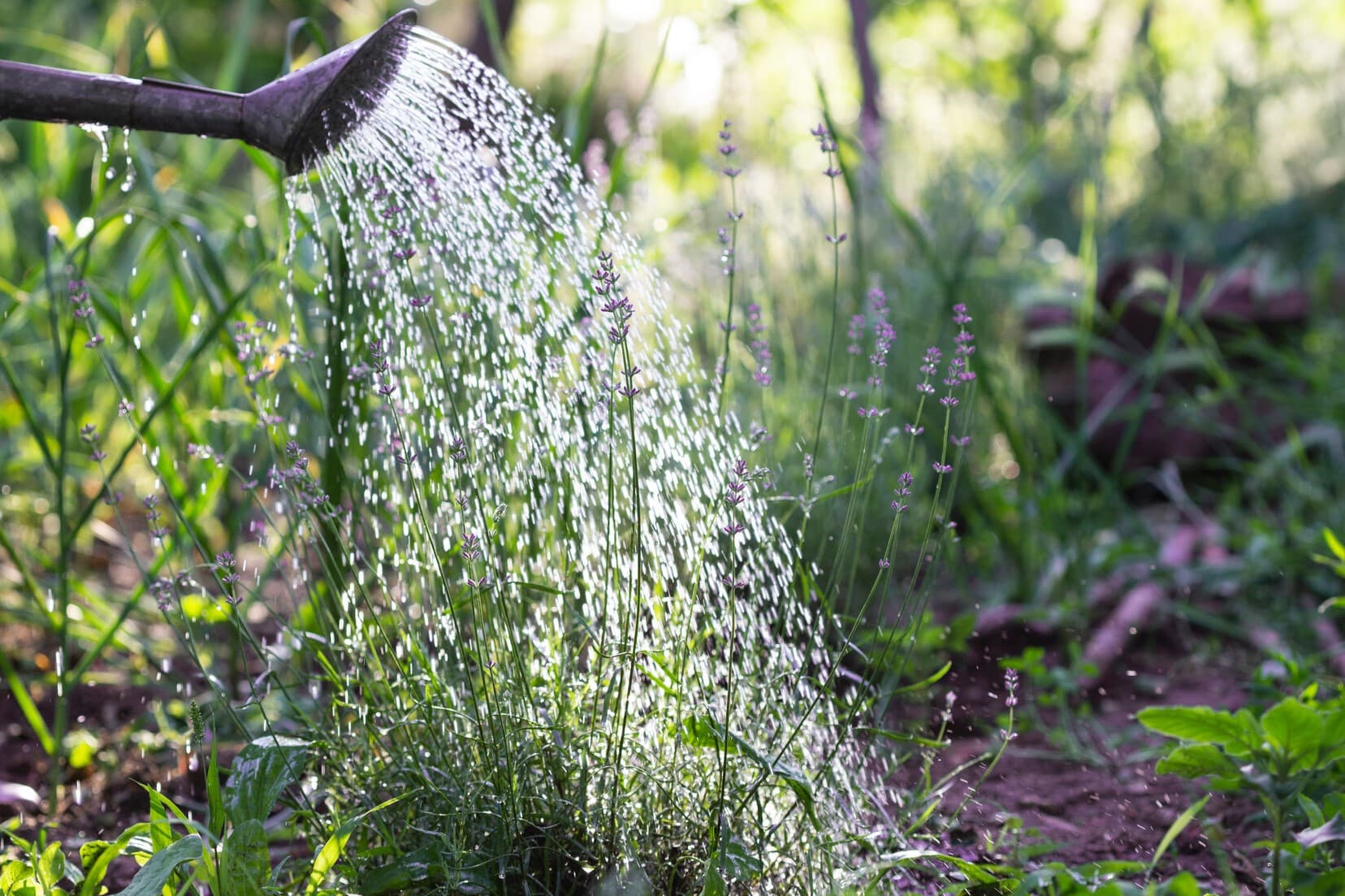
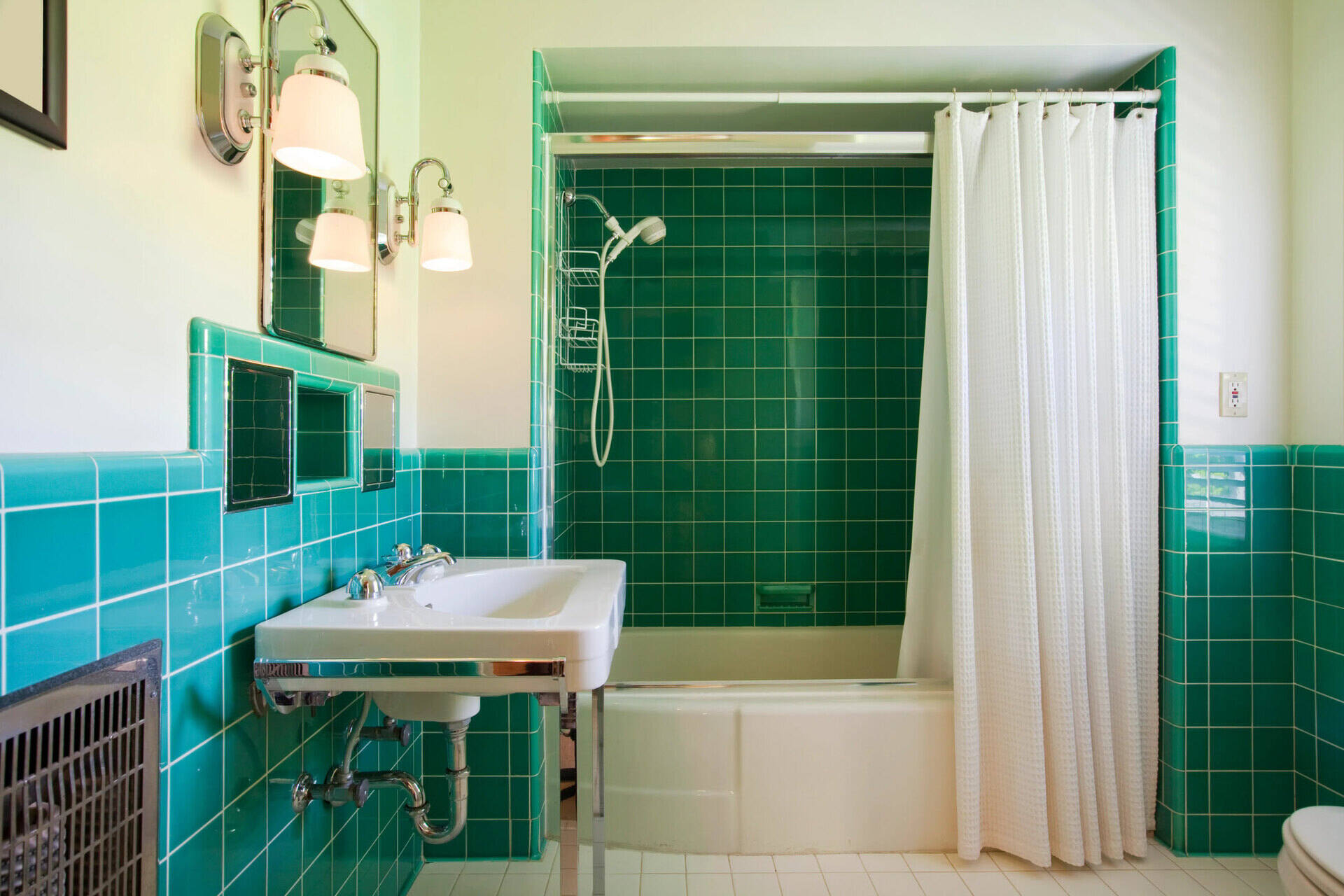
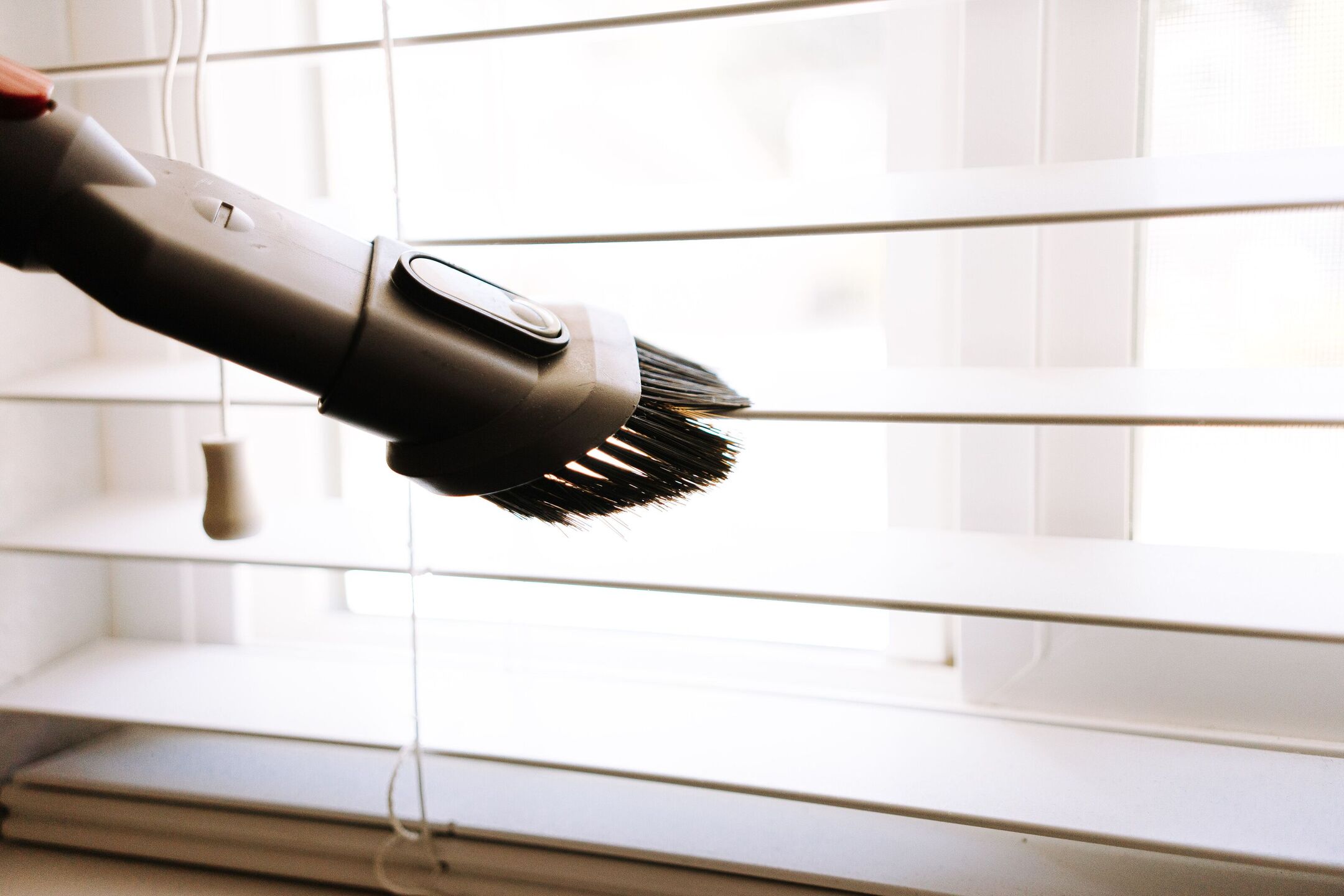
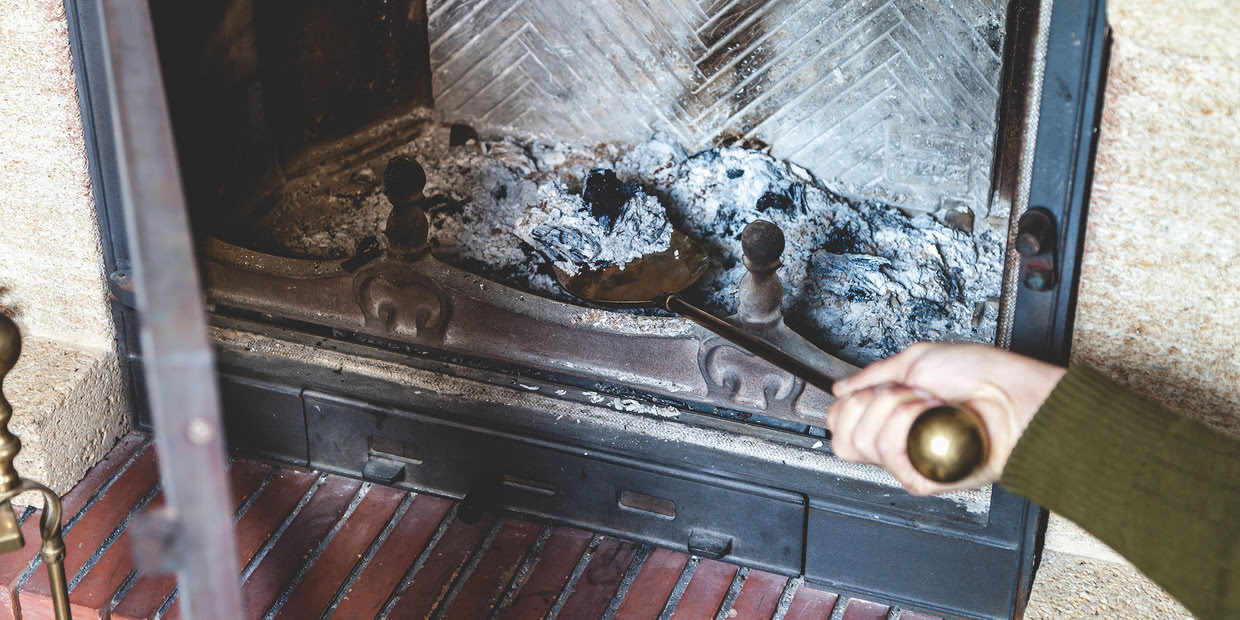

0 thoughts on “How Often Should You Descale A Kettle”